Reading comprehension Normal Consonants Worksheets for Ages 4-6
7 filtered results
-
From - To
Enhance your child's reading skills with our Reading Comprehension Normal Consonants Worksheets, designed specifically for ages 4-6. These engaging, age-appropriate activities help young learners master consonant sounds through fun exercises that reinforce phonics and vocabulary. Each worksheet features vibrant illustrations and interactive prompts to encourage comprehension and retention while maintaining a playful learning atmosphere. Perfect for preschool and early elementary educators, our worksheets support the development of critical literacy skills, nurturing a love for reading from an early age. Explore our diverse collection and watch your child’s confidence in reading comprehension soar! Ideal for homeschooling or classroom use.
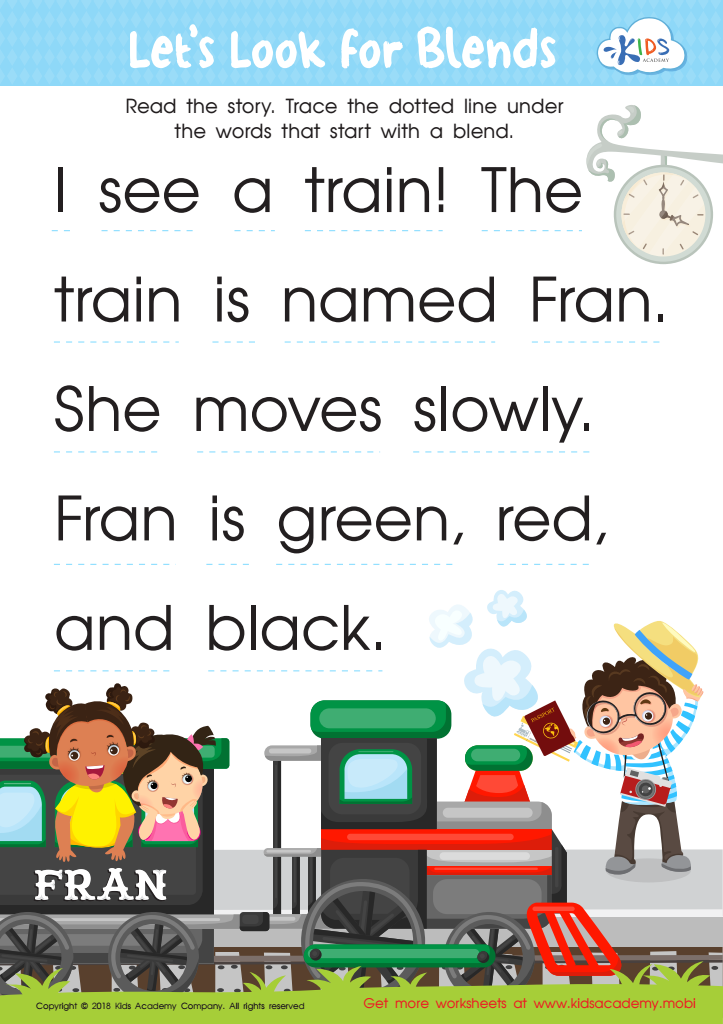

Let's Look for Blends Worksheet
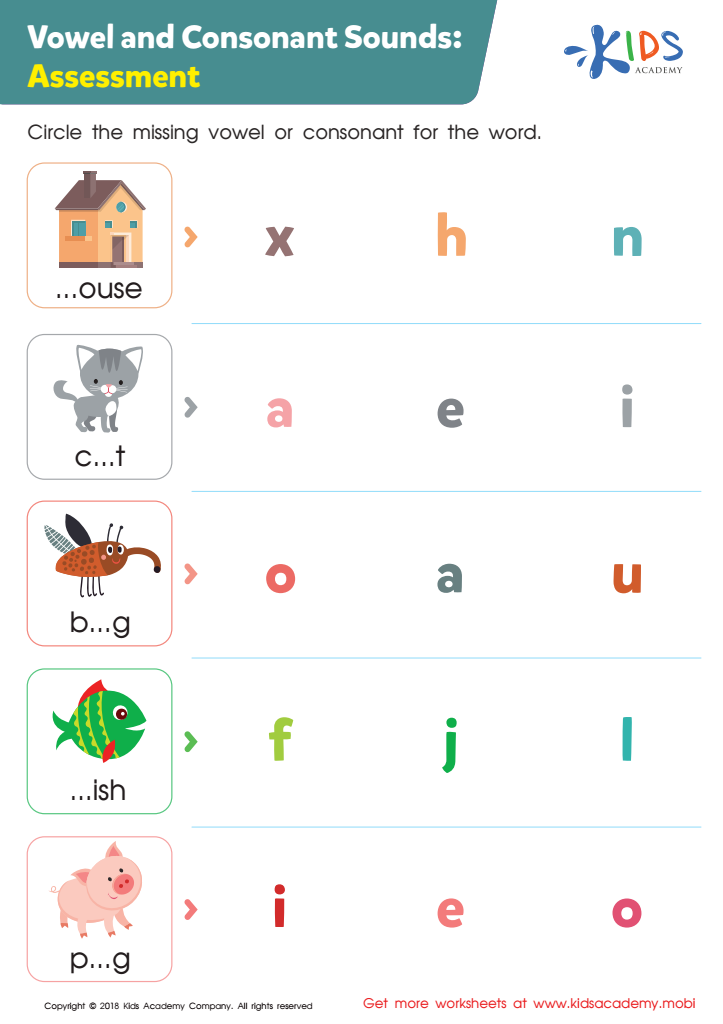

Vowel and Consonant Sounds: Assessment Worksheet


Shhh... What Digraph? Worksheet
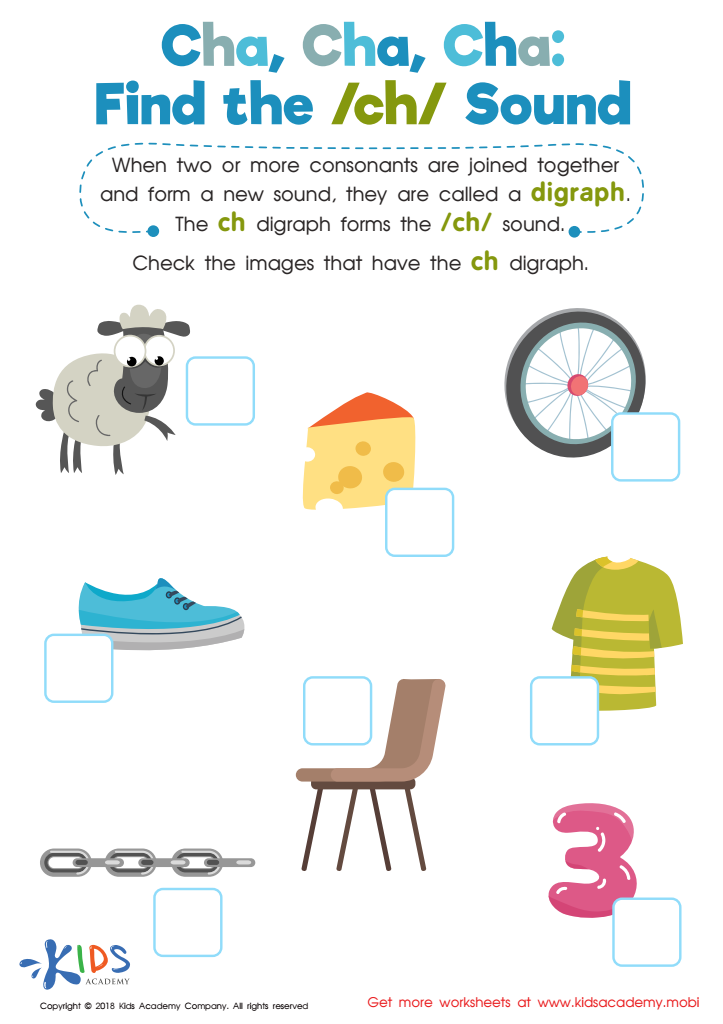

Cha, Cha, Cha: Find the /Ch/ Sound Worksheet
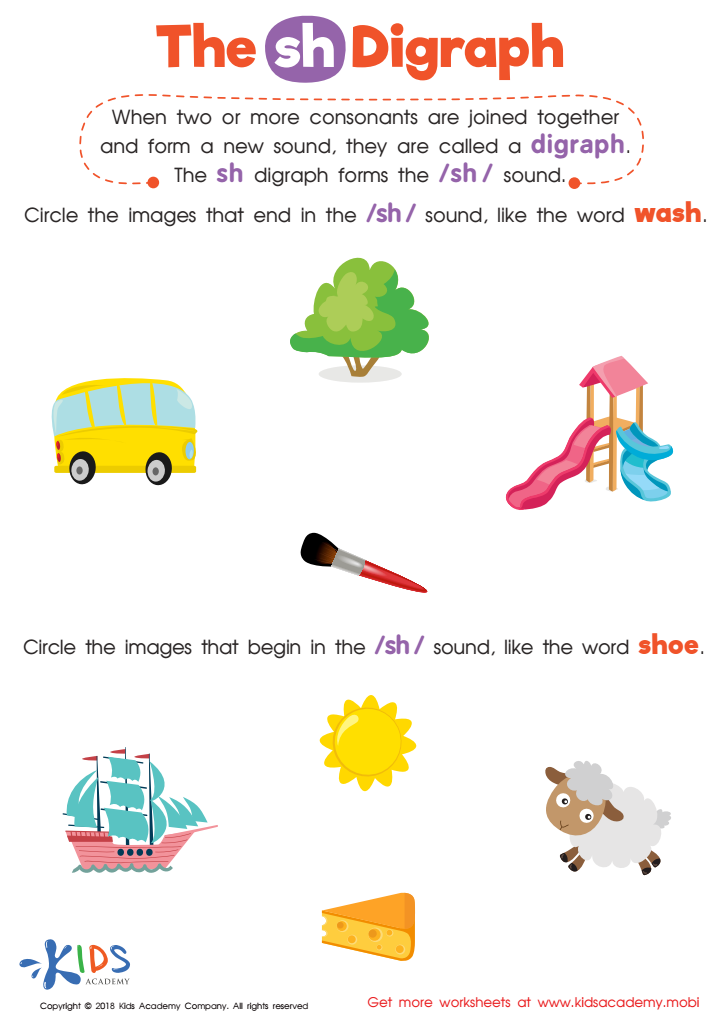

The SH Digraph Worksheet


Consonant Blends: "Dr" and "Tr" Printable
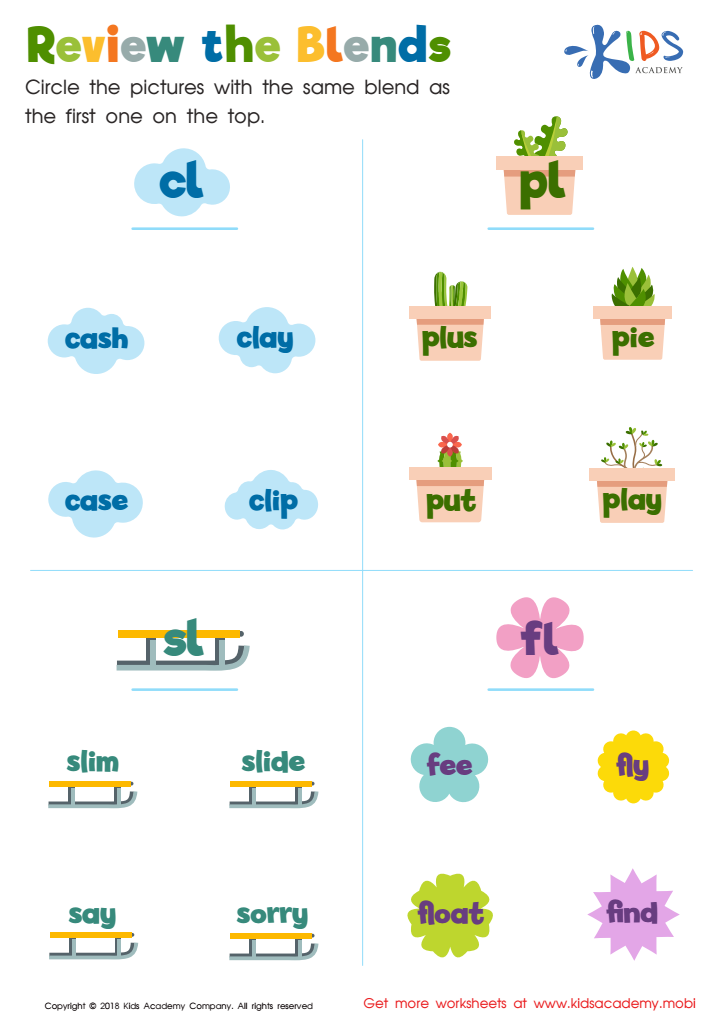

Review the Blends Worksheet
Reading comprehension is crucial for children aged 4-6 as it lays the foundation for their educational development and lifelong learning. Understanding how normal consonants function helps young learners decode words, enhancing their ability to read and comprehend text. At this critical stage, children are developing phonemic awareness, which is essential for reading fluency and literacy.
Parents and teachers should prioritize reading comprehension and consonant recognition because, at the ages of 4-6, children are particularly receptive to language acquisition. Introducing them to normal consonants will enable them to link sounds with letters, making words more accessible. This understanding fosters confidence and encourages a love for reading, which has significant benefits for cognitive and social development.
Moreover, strong reading comprehension skills have been linked to better academic performance across subjects. By emphasizing consonant recognition, we can help children develop critical thinking and problem-solving skills, as they learn to make connections between letters, sounds, and meanings.
Ultimately, fostering reading comprehension is not just about teaching children to read; it’s about equipping them with the tools necessary for success in school and beyond. Helping children grasp foundational concepts at this stage helps ensure a smoother transition into more complex literacy skills as they grow.
 Assign to My Students
Assign to My Students








